Creating original content is not an easy task. If you wish to republish this article, please contact our staff and provide proper attribution by including the source information in the reprinted article. Failure to do so may result in legal actions for copyright infringement.
The photocatalytic CO₂ reduction reaction possesses characteristics such as environmental friendliness, mild conditions, and abundant raw material sources, making it considered one of the effective pathways for achieving "carbon peak" and "carbon neutrality." Hindered by issues of conversion rate and selectivity, current research on photocatalytic CO₂ reduction remains in the laboratory stage. In addition to developing and designing efficient catalysts, optimization of reaction processes and alteration of reaction conditions can also facilitate the efficient conversion of CO₂ through photocatalysis.
In general, the photocatalytic CO₂ reduction reaction is mainly conducted in the gas phase or liquid phase[1].
In a liquid-phase reaction system, the reaction takes place in a saturated solution of CO₂, where the photocatalysts are uniformly dispersed in the solution.
In a gas-phase reaction system, the photocatalysts are immobilized on a substrate support, and the mixed gas of CO₂ and water vapor reacts directly with the photocatalysts, as shown in Figure 1[2].
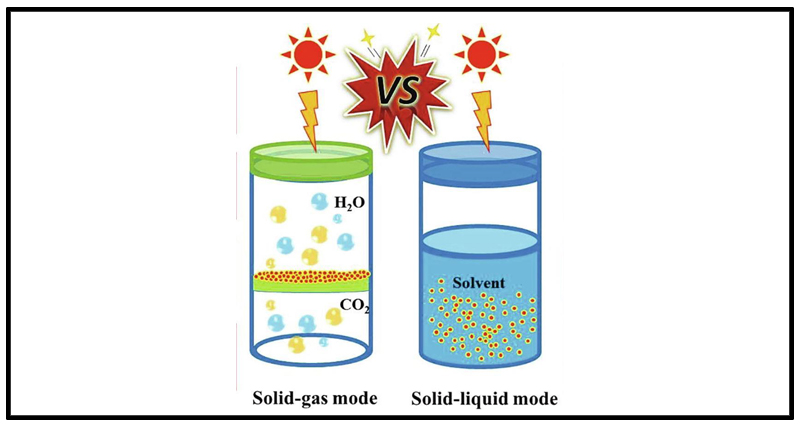
Figure 1. Comparison of Gas-phase and Liquid-phase Photocatalytic CO₂ Reduction Reaction Models[2].
In the liquid-phase reaction system, solid catalysts dispersed in the solution are in a continuous stirred state, leading to higher efficiency in charge transfer and heat transfer[3, 4]. However, in liquid-phase systems, the limited solubility and diffusion coefficient of CO₂ in H₂O can constrain the mass transfer efficiency of the photocatalytic CO₂ reduction reaction[5].
Under the reaction conditions of 25℃ and 101.325 kPa, the solubility of CO₂ in H₂O is less than 0.033 mol·L⁻¹, which weakens the diffusion of CO₂ molecules from the gas phase to the surface of the photocatalyst[6].
Compared to neutral and acidic conditions, CO₂ has higher solubility under alkaline conditions[1]. This solubility can be enhanced by increasing the pH of the solution or by adding organic solvents such as acetonitrile (ACN)[7] and ethyl acetate (EAA)[8] to the H₂O to facilitate CO₂ dissolution.
To address the aforementioned issues, researchers have proposed performing the photocatalytic CO₂ reduction reaction in the gas phase. Compared to liquid-phase reactions, gas-phase reactions are not influenced by sacrificial agents, photosensitizers, solvents, etc., making them a relatively simpler reaction system.
The diffusion coefficient of CO₂ in the gas phase is approximately 0.1 cm²·s⁻¹, which is about four orders of magnitude higher than that in the liquid phase[9, 10]. As a result, in gas-phase reactions, the mass transfer efficiency between CO₂ and the photocatalyst is significantly higher.
Another advantage of gas-phase photocatalytic CO₂ reduction reactions is the effective suppression of hydrogen evolution reactions[2, 11]. The reduction of H₂O to H₂ is more thermodynamically and kinetically favorable, and conducting photocatalytic CO₂ reduction reactions in the liquid phase may induce hydrogen evolution reactions, leading to a reduction in CO₂ conversion rates[1, 6]. Gas-phase photocatalytic CO₂ reduction reactions can effectively address this issue.
Currently, gas-phase reactions in photocatalytic CO₂ reduction can be classified into two main approaches. One approach involves coating the photocatalyst onto a substrate to form a thin film, through which CO₂ with a certain humidity flows over the top layer, as shown in Figure 2 (a). The other approach is the fixed-bed gas-phase reaction, where CO₂ with a certain humidity directly passes through the bed of the photocatalyst, as illustrated in Figure 2 (b). In comparison to the first approach, the fixed-bed configuration allows for more efficient mass transfer, which can contribute to enhancing the conversion rate of photocatalytic CO₂.
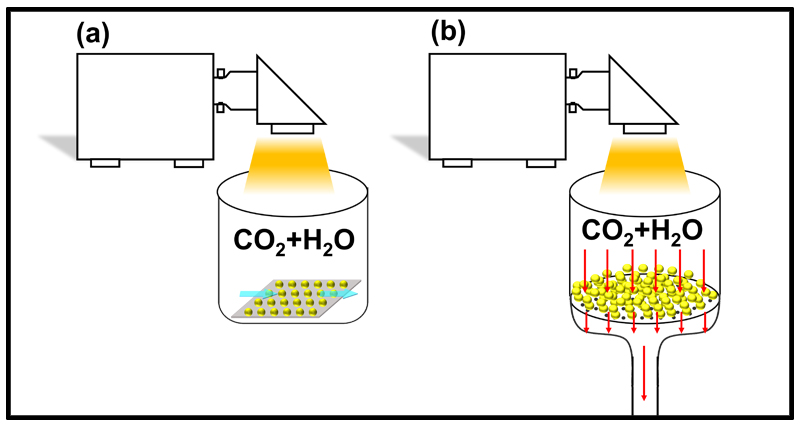
Figure 2. (a) Thin Film Gas-Phase Reaction Mode and (b) Fixed-Bed Gas-Phase Reaction Mode.
In order to meet the requirements of gas-phase photocatalytic CO₂ reduction reactions, Pophylic Technologies Limited has introduced an online temperature-measuring gas-solid phase photocatalytic reactor. This reactor is primarily designed to be compatible with our Labsolar-6A All-Glass Online Micro Gas Analysis System (hereinafter referred to as the Labsolar-6A system), as shown in Figure 3.
Distinguishing itself from passive diffusion, the online temperature-measuring gas-solid phase photocatalytic reactor employs a gas "penetration" approach. Coupled with the magnetic drive syringe pump in the Labsolar-6A system, this setup ensures thorough interaction between CO₂ and the catalyst, enhancing mass transfer efficiency and elevating reaction conversion rates.
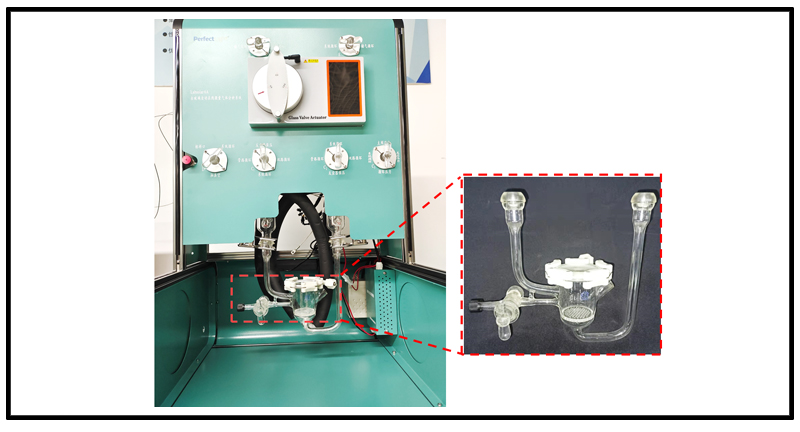
Figure 3. On-site Image of Labsolar-6A System Equipped with Online Temperature-Measuring Gas-Solid Phase Photocatalytic Reactor (Hunan University) [12].
In addition to photocatalytic CO₂ reduction reactions, the online temperature-measuring gas-solid phase photocatalytic reactor is also applicable to photocatalytic thermochemical CO₂ reduction reactions. The reactor is equipped with a dedicated in-situ infrared temperature measurement port, allowing non-contact real-time measurement of the catalyst's surface temperature and recording. It is also equipped with a constant-temperature jacket to minimize heat dissipation, as shown in Figure 4.
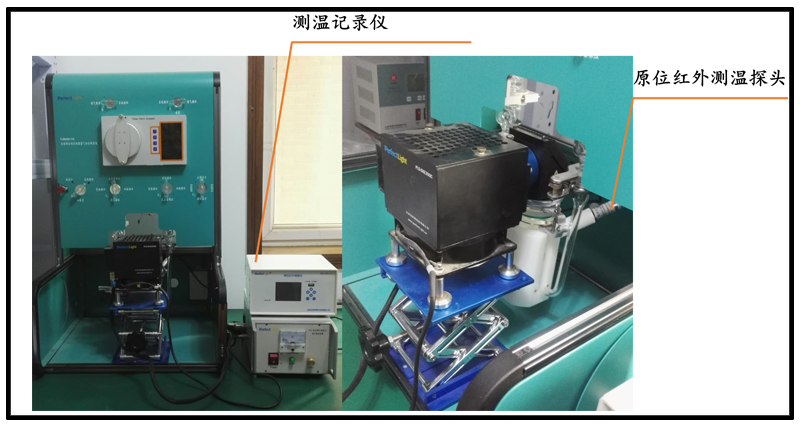
Figure 4. On-site photograph of the Labsolar-6A system equipped with the online gas-solid phase photocatalytic reactor.
Basic Parameters of the Online Temperature Monitoring Gas-Solid Phase Photocatalytic Reactor:
Reactor Material: The reactor is made of high-boron silicon glass, and the optical window is made of quartz glass.
Powder Catalyst Placement: Spread evenly on the surface of the reactor's built-in quartz filter membrane.
Reactor Volume: Total volume (with cantilever): 118 mL; Columnar part volume: 96 mL.
Reactor Dimensions: Flange outer diameter: 60 mm; Total height: approximately 200 mm.
Temperature Measurement Range: 0~600°C.
Measurement Accuracy: 0.1°C
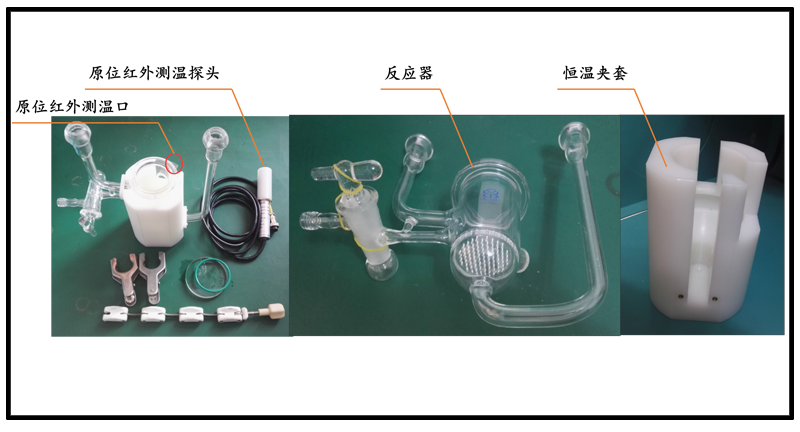
Figure 5. Online temperature measurement gas-solid photocatalytic reactor and its accessories.
Note: The explanation of the series catalytic reaction section is translated and summarized by the author based on the reference literature. The author has limited proficiency, so if there are any errors, please kindly correct them!
[1]Muringa Kandy Mufeedah*, Rajeev K Anjana, Sankaralingam Muniyandi*, Development of proficient photocatalytic systems for enhanced photocatalytic reduction of carbon dioxide[J]. Sustainable Energy Fuels, 2021, 5, 12.
[2]Wang Hai-Ning, Li Shun-Li*, Lan Ya-Qian*, et. al., Recent progress and perspectives in heterogeneous photocatalytic CO2 reduction through a solid–gas mode[J]. Coordination Chemistry Reviews, 2021, 438, 213906.
[3]Fu Junwei, Yu Jiaguo*, Liu Min*, et. al., Product selectivity of photocatalytic CO2 reduction reactions[J]. Materials Today, 2020, 32, 222-243.
[4]Ola Oluwafunmilola*, Maroto-Valer M.Mercedes, Review of material design and reactor engineering on TiO2 photocatalysis for CO2 reduction[J]. Journal of Photochemistry and Photobiology C: Photochemistry Reviews 2015, 24, 16-42.
[5]Liu Bi-Jin, Torimoto Tsukasa, Yoneyama Hiroshi*, et. al., Effect of solvents on photocatalytic reduction of carbon dioxide using TiO2 nanocrystal photocatalyst embedded in SiO2 matrices[J]. Journal of Photochemistry and Photobiology A: Chemistry, 1997, 108, 235-238.
[6]Kong Tingting, Jiang Yawen, Xiong Yujie*, Photocatalytic CO2 conversion: What can we learn from conventional COx hydrogenation?[J]. Chemical Society Reviews, 2020, 49, 6579-6591.
[7]Huang Ning-Yu, He Hai, Liao Pei-Qin*, et. al. Electrostatic attraction-driven assembly of a metal-organic framework with a photosensitizer boosts photocatalytic CO2 reduction to CO[J]. Journal of the American Chemical Society, 2021, 143, 17424-17430.
[8]Wang Ji-Chong, Wang Jin*, Li Zhengquan*, et. al., Surface defect engineering of CsPbBr3 nanocrystals for high efficient photocatalytic CO2 reduction[J]. Solar RRL, 2021, 5, 2100154.
[9]Carroll John J., Slupsky John D., Mather Alan E. Mather*, The solubility of carbon dioxide in water at low pressure[J]. Journal of Physical and Chemical Reference Data, 1991, 20, 1201-1209.
[10]Huang Huiming, Shi Run, Zhang Tierui*, et. al., Triphase photocatalytic CO2 reduction over Silver-decorated titanium oxide at a gas-water boundary[J]. Angewandte Chemie International Edition, 2022. DOI: 10.1002/anie.202200802.
[11]Xie Shunji, Zhang Qinghong*, Wang Ye*, et. al. MgO- and Pt-Promoted TiO2 as an efficient photocatalyst for the preferential reduction of carbon dioxide in the presence of water[J]. ACS Catalysis, 2014, 4, 3644-3653.
[12]Li Ziyi, Luo Xiao*, Liang Zhiwu*, et. al., Theoretical and experimental studies of highly efficient all-solid Z-scheme TiO2–TiC/g-C3N4 for photocatalytic CO2 reduction via dry reforming of methane[J]. Catalysis Science Technology, 2022. DOI: 10.1039/D2CY00085G.